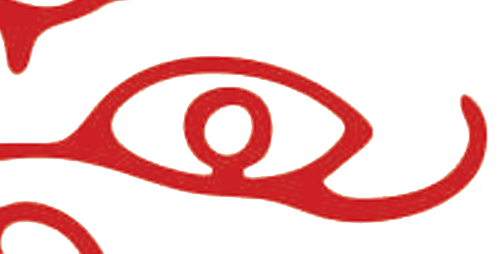Tamil Nadu is one of the leading bronze casting centres of India and the images cast conform to the Pallava, Chola, Pandyan and Nayaka periods. The artisans called Stapathis/icon makers claim direct descent from Vishwakarma, the divine architect.
Icon making is a labourious, concentrated, time-consuming job requiring a number of tools. The lost wax or cire perdue method is used: the image is moulded in wax and coated with clay strengthened with ground cotton, salt and charred husk. It is then reinforced with a steel wire. The model is then heated on a ground furnace and the wax drains out through a fine pouring channel constructed at the base of the wax model. The bronze is heated, melted and poured into the mould from where the wax has been removed. The mould is cooled, broken very carefully and the image is removed. The finishing, burnishing and perfecting of the image is done manually. The figures are usually, but some can be hollow. In this craft, the coconut leaf is used as a measuring instrument, with the folds on the leaf as measures. The wax model’s configuration is very important as the final shape of the image depends on it. Various types of clay are used to coat the image at each stage.
The main centres are Madurai, Karaikudi, Srivilliputur in Ramanathapuram district, Swamimalai in Thanjavur district, and Chidambaram in North Arcot district. Swamimalai is unique as almost everyone in the town is engaged in casting images in stone and metal. The main image is of Nataraja in the dancing pose. Other images include goddess Durga in the form of Mahishasuramardhini, Trimurthi, Brahma the creator, Vishnu the preserver and Shiva the destroyer and Lord Ganesha always associated with good beginnings. The profession of casting bronzes is hereditary and the art is a closely guarded secret.
Apart from the classical bronzes Tamil Nadu has folk bronzes which are cast mainly at Thanjavur and Salem. The figures include animals, local deities and small female figures. The metal is cast on a clay model. There is a great resemblance to terracotta figures suggesting that these are the main inspiration; the craft continues as a village craft. The images cast are used as lamps, votive offerings, temple decorations and toys.


